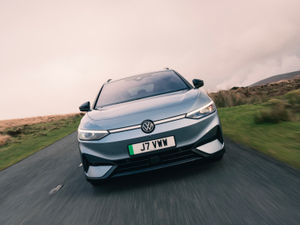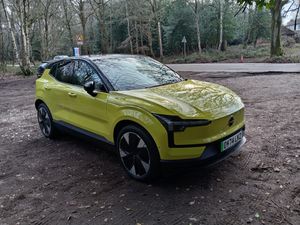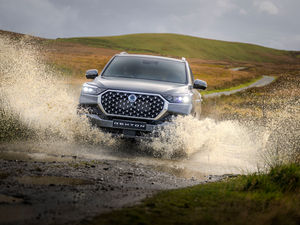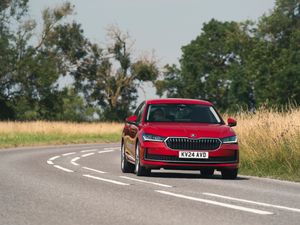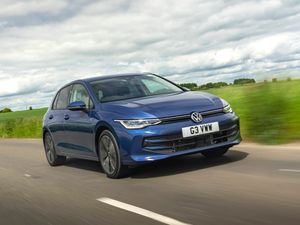First Drive: Volkswagen’s Tiguan eHybrid brings refinement and efficiency
Volkswagen has incorporated a new plug-in hybrid powertrain in its popular Tiguan. What’s it like to drive? Jack Evans finds out.
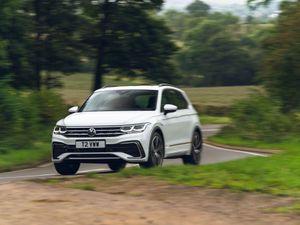
What is it?
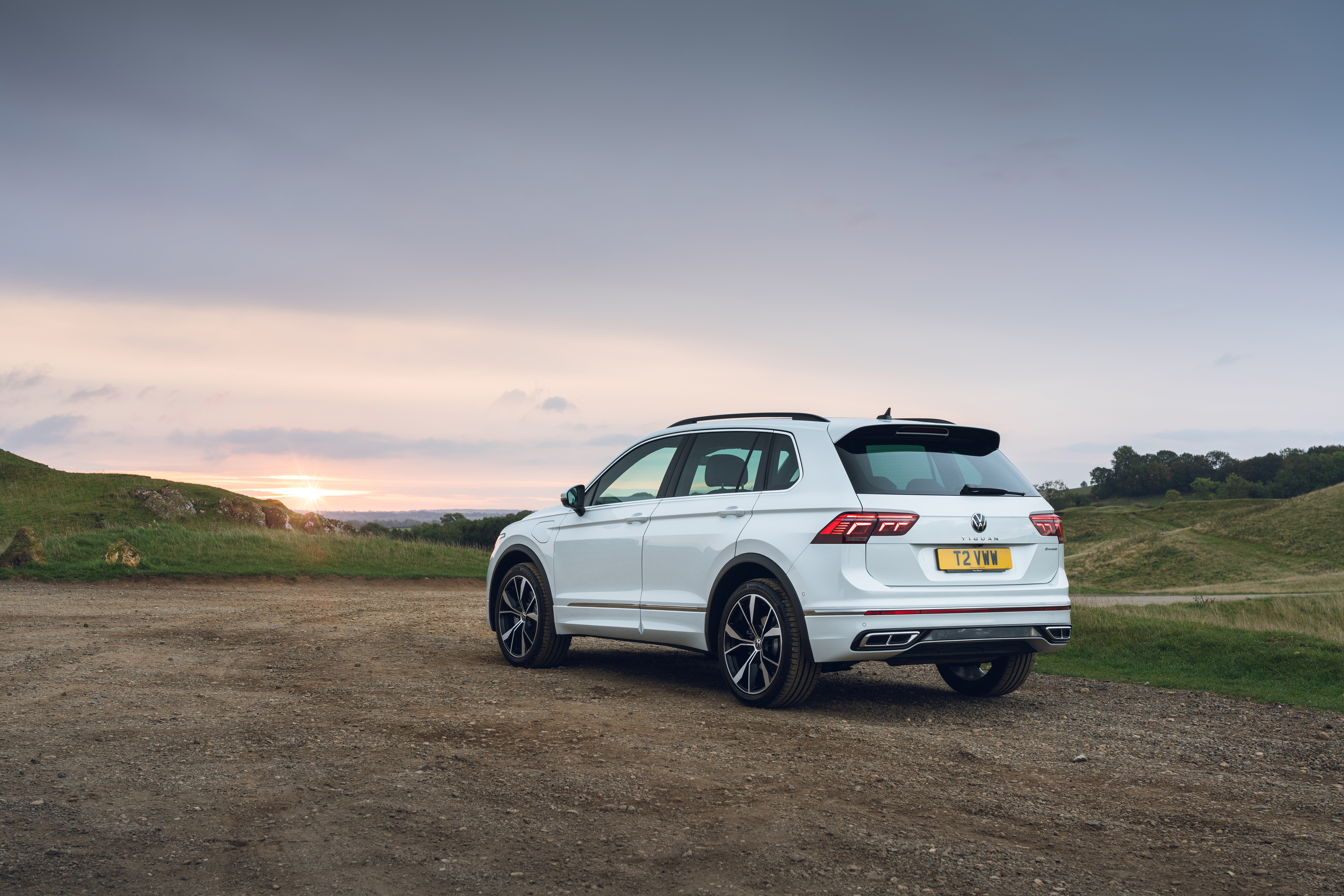
>
It’s becoming quite a common theme across the wider Volkswagen Group. All manner of existing models are being adapted and offered with a plug-in hybrid powertrain, lowering emissions while boosting economy and helping to drive down fuel usage. A decent slug of electric-only range means that these models are great for those who often conduct shorter, lower-speed trips.
So it makes perfect sense to install it in the ever-popular Tiguan, too. After all, Volkswagen’s mid-size SUV has been a hit with thousands of buyers across the UK, many of whom are using it for short school runs and commutes. Can hybrid power boost its appeal even further? We’ve been finding out.
What’s new?

>
The bulk of the changes here, of course, reside around that hybrid powertrain. But wrapped around it is the latest generation of Tiguan, which brings a sharper exterior look than before alongside a more technology-focused interior.
As we’ve found with other hybrid models, this fitment of batteries means that practicality does take a hit. At 476 litres, the boot area of the Tiguan eHybrid is down 139 litres over the regular car. Fortunately, it’s still nicely square and easy to access, while you’re still able to fold down the rear seats should you require a little extra space.
What’s under the bonnet?

>
The Tiguan eHybrid uses a now very tried-and-tested combination of a 1.4-litre turbocharged petrol engine linked to an 85kW electric motor and a 13kWh battery. Power stands at 242bhp, while Volkswagen claims 0-60mph in 7.3 seconds and 127mph flat-out. But of course, the real importance here is efficiency. Fully topped up, Volkswagen says that you could see the heady heights of 153.2mpg while emissions stand at a fleet-friendly low of just 43g/km.
Fully charged, the eHybrid should return 29 miles of electric-only range, giving it more than enough battery power for most shorter trips. Though manufacturers would rather a proper wallbox be used to charge up the batteries, conducting a top-up via a three-pin socket would take a still-respectable five hours.
What’s it like to drive?

>
We’ve found the standard Tiguan to be just what you want from a mid-size SUV; comfortable, quiet and relaxed. Fortunately, its transition to plug-in hybrid power hasn’t dented these attributes a jot. It’s impressively refined at speed, while the real success here is the transition between electric and petrol power – it’s really hard to notice the change between the two. The steering is light and easy to manage and the six-speed DSG automatic shifts seamlessly too.
You can hang onto the electric charge for later use, too, or use a little bit of the engine’s power to generate charge. This is a handy feature, for instance when you’re on the motorway travelling to a city centre – you can rely on the petrol engine for the longer, high-speed stuff before switching to EV power around town. Once you’re there, the electric-only performance you get is more than adequate and actually quite handy for nipping in and out of traffic.
How does it look?

>
The latest generation Tiguan has arrived with a distinctly evolutionary take on styling. It’s still recognisable as Volkswagen’s mid-size SUV, albeit with a variety of different tweaks and features which help to boost not only its appeal but also its presence on the road – this is a car that looks and feels a lot larger than it actually is.
Styling highlights include the chrome grille that blends into the sleeker, more angular headlights while around the back there’s the large, chromed model name badge.
What’s it like inside?

>
There’s a great combination of high-quality materials and clear screens in the cabin of the Tiguan. There are a smattering of hybrid-centric buttons by the switchgear, too, for controlling the driver modes and battery usage. You also get dedicated battery-related menus in the infotainment system, too.
But technology aside, the Tiguan gets all of the basics spot on. The seating position, for instance, is high and comfortable with plenty of adjustment available, while there’s a good amount of space for those sitting in the back too. As we’ve mentioned, the boot is smaller on this hybrid version but it’s still of a useful size and has a large, wide opening which makes it a whole lot easier to load bulkier items in and out.
What’s the spec like?

>
‘Our’ test car came in more comfort-focused Elegance specification, rather than R-Line which takes a distinctly sportier angle. Priced from £37,780 it does command a premium but also brings a wide variety of standard features, including Volkswagen’s Discover Media Navigation system housed within an eight-inch touchscreen. Apple CarPlay and Android Auto are both incorporated into this, too. A 10.25-inch digital instrument cluster bolsters the technological setup and helps when viewing elements such as battery charge and electric range.
The test car in question also came with a smattering of options, including an around-view parking camera (£745), heated outer rear seats (£240) and inductive smartphone charging (£430). Though handy to have, all three of these could easily be lived without if you needed to keep the car’s price down.
Verdict
It feels as though a hybrid powertrain is a great fit for the Tiguan, simply because it doesn’t affect the attributes of the regular car – too much. The ability to run on electric-only power for a decent distance means that it’ll appeal to those with shorter journeys who could easily see the benefits on fuel usage, while low emissions mean that fleet customers will no doubt find the Tiguan eHybrid very tempting too.
Given that the Tiguan is one of Volkswagen’s most in-demand models, we can only see this eHybrid version taking that popularity to new heights.

